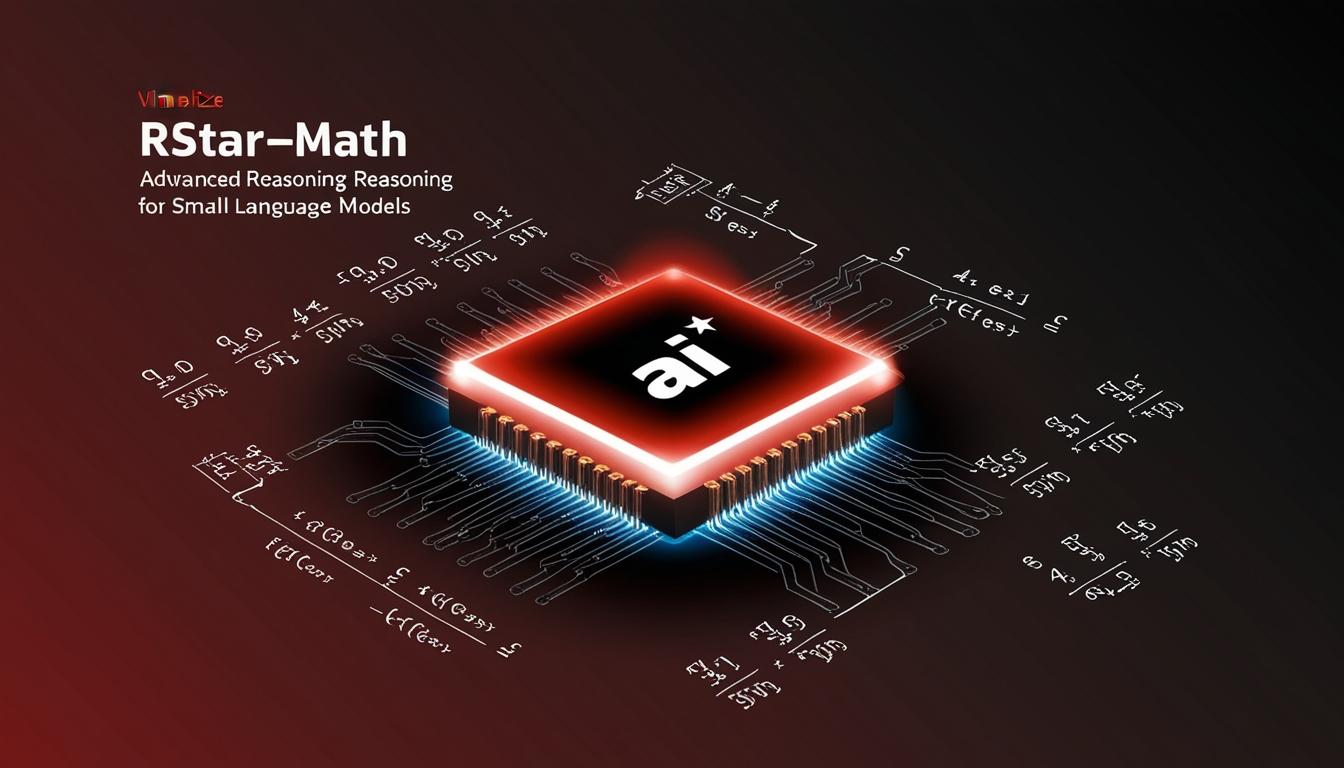Microsoft has introduced a new approach to enhancing the performance of small language models (SLMs) through the development of a reasoning technique called rStar-Math. This innovation aims to significantly improve the capability of smaller open-source models in solving mathematical problems. The company’s efforts were outlined in a research paper that has been published on the pre-review site arXiv.org and was co-authored by eight researchers associated with Microsoft, Peking University, and Tsinghua University in China.
Currently, rStar-Math remains in the research phase, but initial findings indicate that it can deliver performance levels akin to, and in some cases surpassing, those seen in OpenAI’s o1-preview model. The technique was applied to several different smaller models, including Microsoft's own Phi-3 mini, as well as Alibaba’s Qwen-1.5B and Qwen-7B models. In tests, rStar-Math demonstrated improved outcomes across these models, achieving notable success in the MATH benchmark, which evaluates mathematical word problem-solving abilities.
Following the introduction of rStar-Math, community response has been largely positive. Commenters on platforms like Hugging Face have described the innovations as "impressive" and beneficial, particularly highlighting the combination of Monte Carlo Tree Search (MCTS) with step-by-step reasoning processes. One community member articulated the effectiveness of employing Q-values for scoring reasoning steps, while others have speculated about potential applications in areas such as geometric proofs and symbolic reasoning.
In a related move, Microsoft has also made waves with the release of its Phi-4 model, a compact 14-billion-parameter AI system that is now available on Hugging Face under an MIT licence. This release not only expands access to high-performance small models but also emphasises a focused approach to using smaller AI systems in mathematical reasoning tasks.
The core innovation of rStar-Math lies in its utilisation of Monte Carlo Tree Search, which mimics human deep thinking by iteratively refining solutions to complex mathematical problems. By breaking down these problems into simpler, single-step tasks, the model reduces the overall difficulty, allowing smaller models to perform at previously unattainable levels.
Unlike traditional applications of MCTS, the researchers took an innovative approach by requiring the trained model to output reasoning steps in both natural language and Python code. These outputs, with descriptions included as comments within the Python code, were integral to the model's training.
Additionally, a "policy model" was developed to generate mathematical reasoning steps, alongside a process preference model (PPM) aimed at selecting the most effective steps for problem-solving. This iterative process of "self-evolution" saw both models improve through four rounds of refinement, significantly enhancing their output effectiveness.
The rStar-Math initiative has yielded remarkable metrics, especially in how well the Qwen2.5-Math-7B model performed on various benchmarks. For instance, its accuracy on the MATH benchmark increased from 58.8% to 90.0%, effectively surpassing the capabilities of the OpenAI model. On the American Invitational Mathematics Examination (AIME), it was able to solve 53.3% of the problems, positioning it among the top 20% of high school competitors.
This advancement raises intriguing questions regarding the future of AI, particularly as the industry has traditionally leaned towards developing larger models with ever-increasing parameters. The financial and environmental impacts associated with these massive models have prompted a re-evaluation of strategies, with Microsoft’s new focus suggesting that smaller, targeted models can indeed offer powerful alternatives.
Through the release of both the Phi-4 model and the rStar-Math research paper, Microsoft is presenting a compelling case for the efficacy of compact AI systems in handling complex tasks—seeking to redefine the prevailing belief that larger models are inherently superior. This approach opens up opportunities for mid-sized organisations and academic institutions to leverage cutting-edge capabilities while mitigating financial and ecological costs traditionally tied to larger systems.
Source: Noah Wire Services
